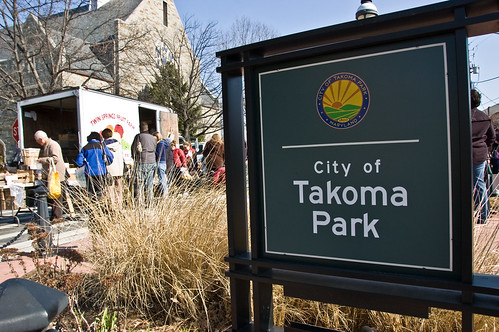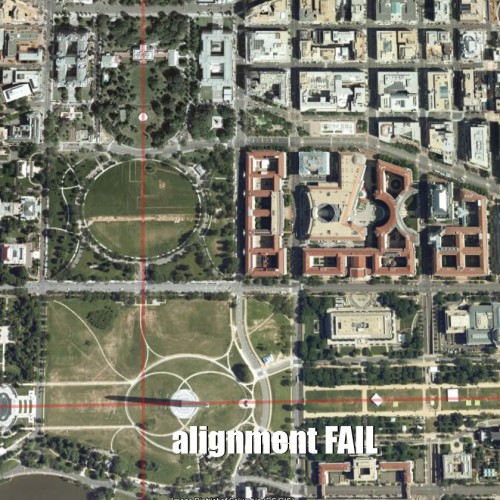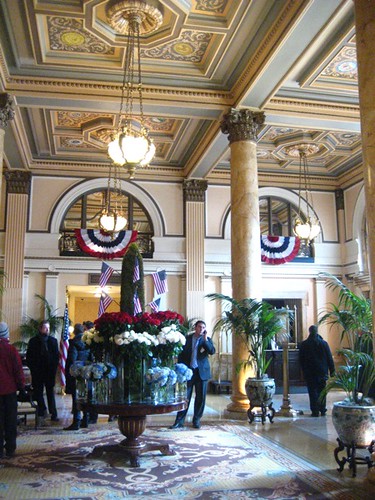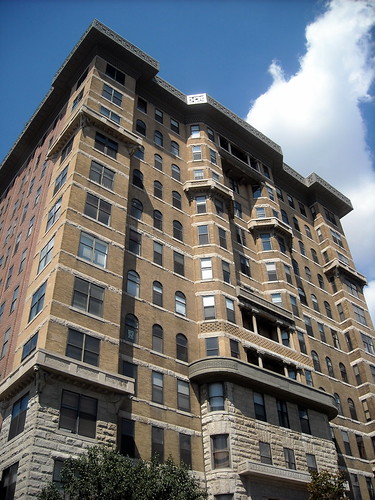
‘Takoma 1791 Boundary Stone’
courtesy of ‘Mr. T in DC’
Welcome to another week’s DC Mythbusting. This week we’ll talk about a myth I heard when I first moved to DC– that the city’s boundaries are marked off, every mile or so, with stones. I heard that these stones had been placed long ago when Andrew Ellicott and Benjamin Banneker were surveying the city, and that they’re mostly still there. I’d never seen them or heard of them outside of that once, so I assumed it was a myth. But I was wrong– this myth is confirmed!
Back in 1791 and 1792, Andrew Ellicott and friends went around the 10-mile square of the planned City of Washington and placed a boundary stone every mile. The stones had four sides– facing inward towards DC (which read “Jurisdiction of the United States” and a mile number, facing outward (which showed the name of the bordering state, either Maryland or Virginia), and the other sides showed the year the stone was placed and the compass variance at that point.
Continue reading






